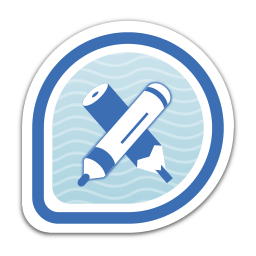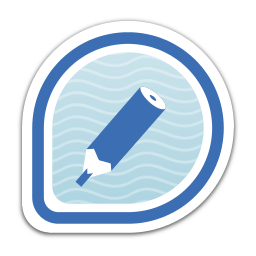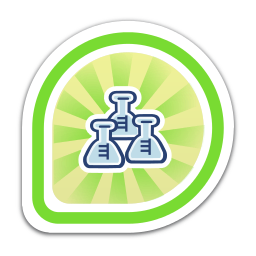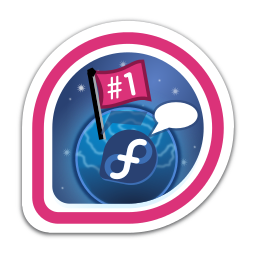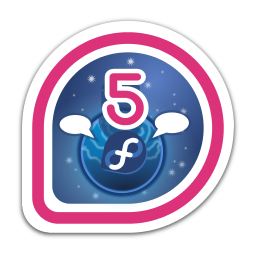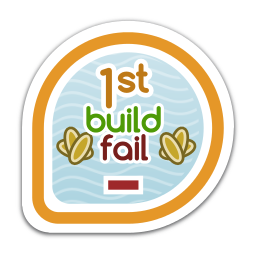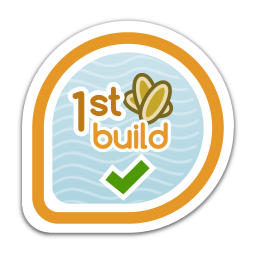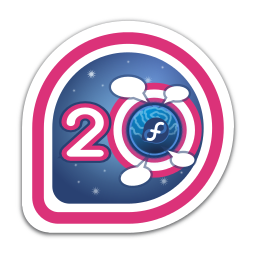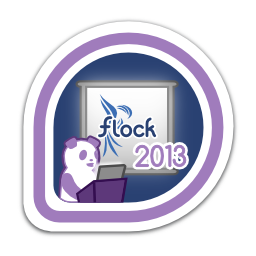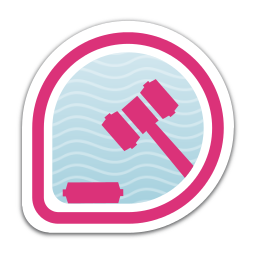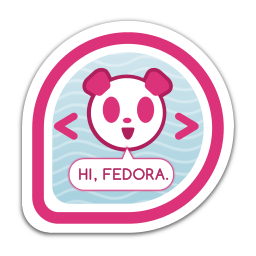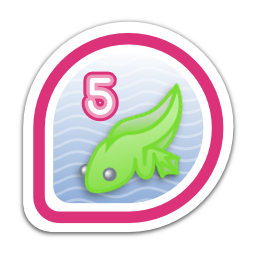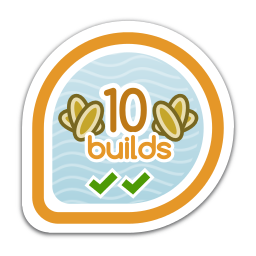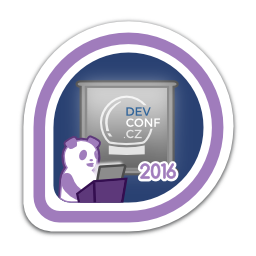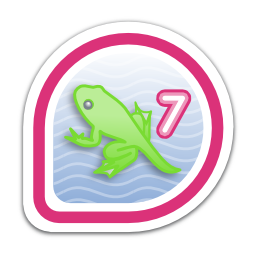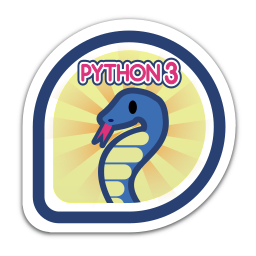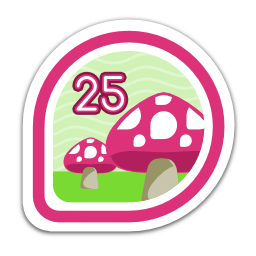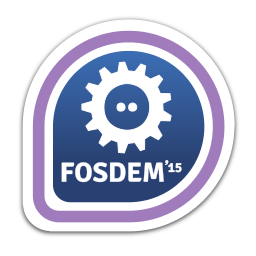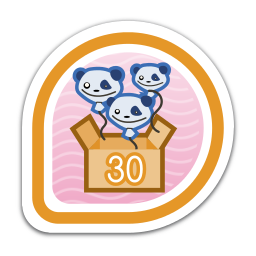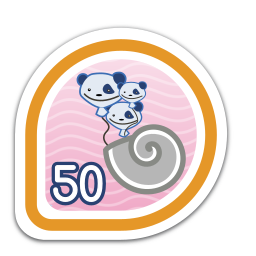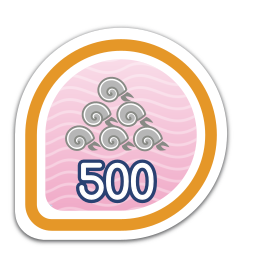No edit summary |
|||
| Line 4: | Line 4: | ||
[[Image: kashyap-chamarthy.JPG | right | thumb| Kashyap Chamarthy]] | [[Image: kashyap-chamarthy.JPG | right | thumb| Kashyap Chamarthy]] | ||
I work | I work in the Red Hat's virtualization team. | ||
I'm also a contributor to various upstream communities: QEMU (the emulator project); KVM (the kernel-based hypervisor); libvirt (the virtualization API); OpenStack "Compute" project, and other virtualization-related projects. | I'm also a contributor to various virtualization-related upstream communities: QEMU (the emulator project); KVM (the kernel-based hypervisor); libvirt (the virtualization API); OpenStack "Compute" project, and other virtualization-related projects. | ||
<span id="history"></span> | <span id="history"></span> | ||
Revision as of 23:46, 10 January 2025
Kashyap Chamarthy

I work in the Red Hat's virtualization team.
I'm also a contributor to various virtualization-related upstream communities: QEMU (the emulator project); KVM (the kernel-based hypervisor); libvirt (the virtualization API); OpenStack "Compute" project, and other virtualization-related projects.
History
I joined Red Hat in 2008, as a test engineer in the Identity and Security group. I worked on a PKI project, focusing mostly on downstream testing for five years.
In 2013, I moved to the then-new OpenStack engineering team. I was involved in various efforts: (1) bootstrapping the OpenStack RDO project—a Red Hat-initiated community effort to package vanilla upstream OpenStack for Fedora (and later switched its focus to CentOS); as part of this, I was involved in all the "traditional work" that entails in building a community; (2) downstream productization; (3) work as an upstream OpenStack developer, particularly as part of the Compute project that deals with virtualization workloads; (4) worked as "technical interface" between the OpenStack and virtualiziation teams, and their corresponding upstream projects). I spent about 10 years doing this.
More recently, I spend my most of time on "all things" related to virtualization, and some emerging technologies.
Upstream
I strongly believe in, and practice, the "Upstream First" way. I hold this belief with a thoughtful restraint, because there are some sensible exceptions to it (e.g. embargoed CVEs). I value and practice transparent communication and leadership. I'm always willing to change my mind in light of new compelling evidence (otherwise, Socrates would be disappointed with me ;-)). I enjoy working as a "bridge" between multiple upstream communities. I've also had a lot of practice with the difficult art of of balancing upstream vs. downstream "hats".
A list of some technical talks I gave at various upstream conferences: KVM Forum, where the Linux-based virtualization community comes together—I've been a close member of this community for 10+ years; OpenStack Summit, FOSDEM, Linux Foundation's Open Source Summit, and more:
I also co-organize the Virt & IaaS "devroom" (it just means a sub-conference) at FOSDEM.
I occasionally write for the inimitable LWN.net:
- A QEMU case study in grappling with software complexity — https://lwn.net/Articles/872321/
- Challenges in protecting virtual machines from untrusted entities — https://lwn.net/Articles/838488/
- Changed-block tracking and differential backups in QEMU — https://lwn.net/Articles/837053/
Fedora
I've been a user of Fedora since Fedora 9. My package sponsor was "Spot" (Tom Callaway), way back in 2009. I used to be a (not so diligent—sorry, Spot) Fedora package maintainer. I also presented at the very first Fedora "Flock" conference, back in 2013 (Charleston, SC). After that, most of my participation in Fedora was from a virtualization-related angle.
(My past Fedora package reviews.)
Contact
- Fedora Account: kashyapc
- Email: kashyapc@fedoraproject.org
- Matrix: kashyapc

